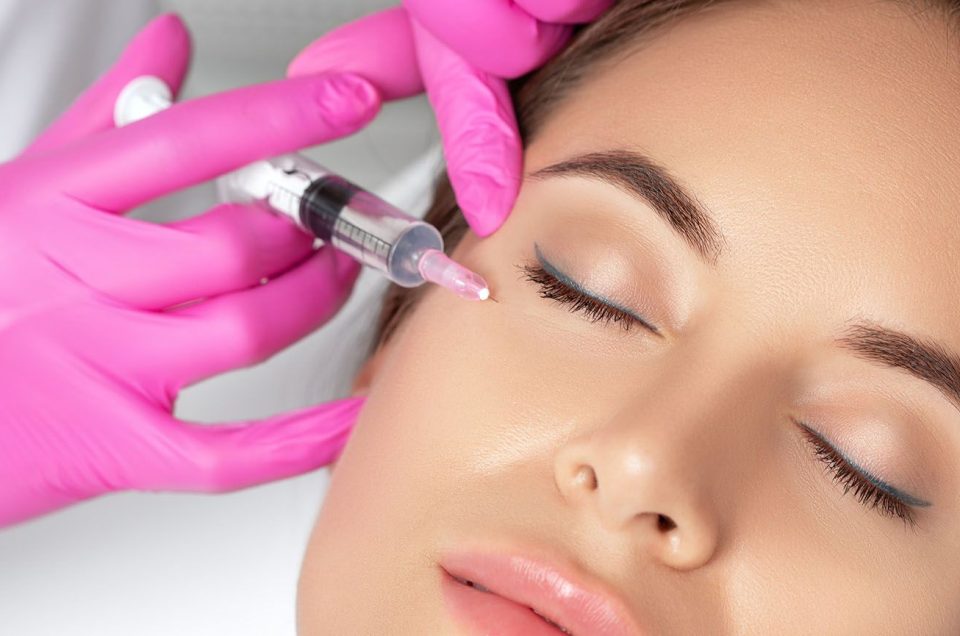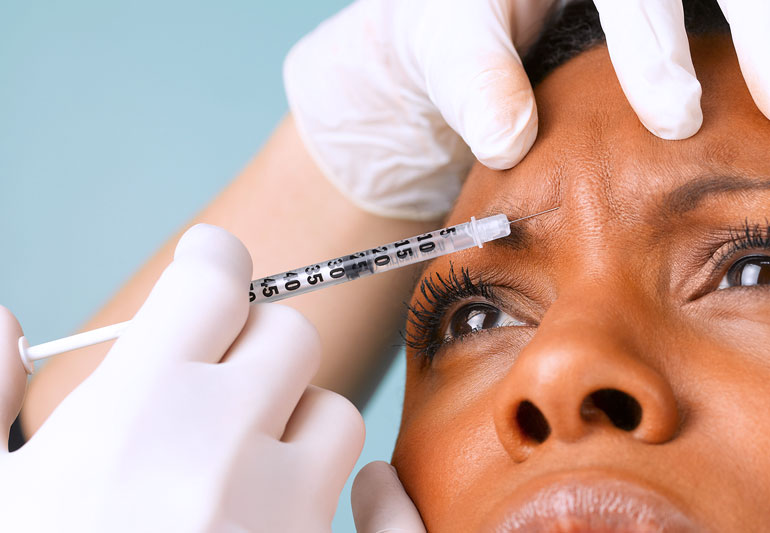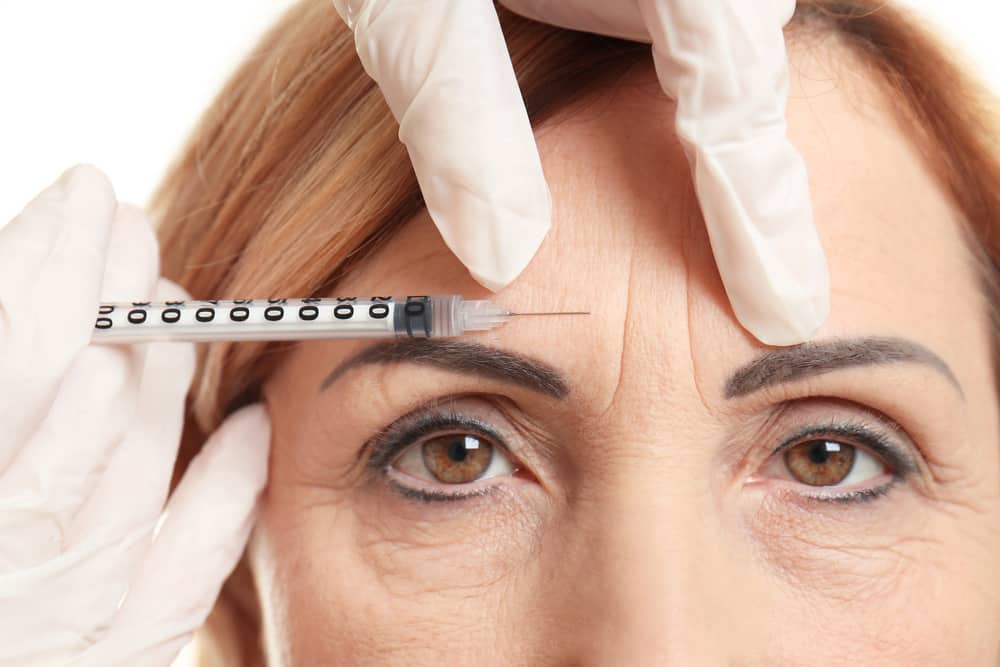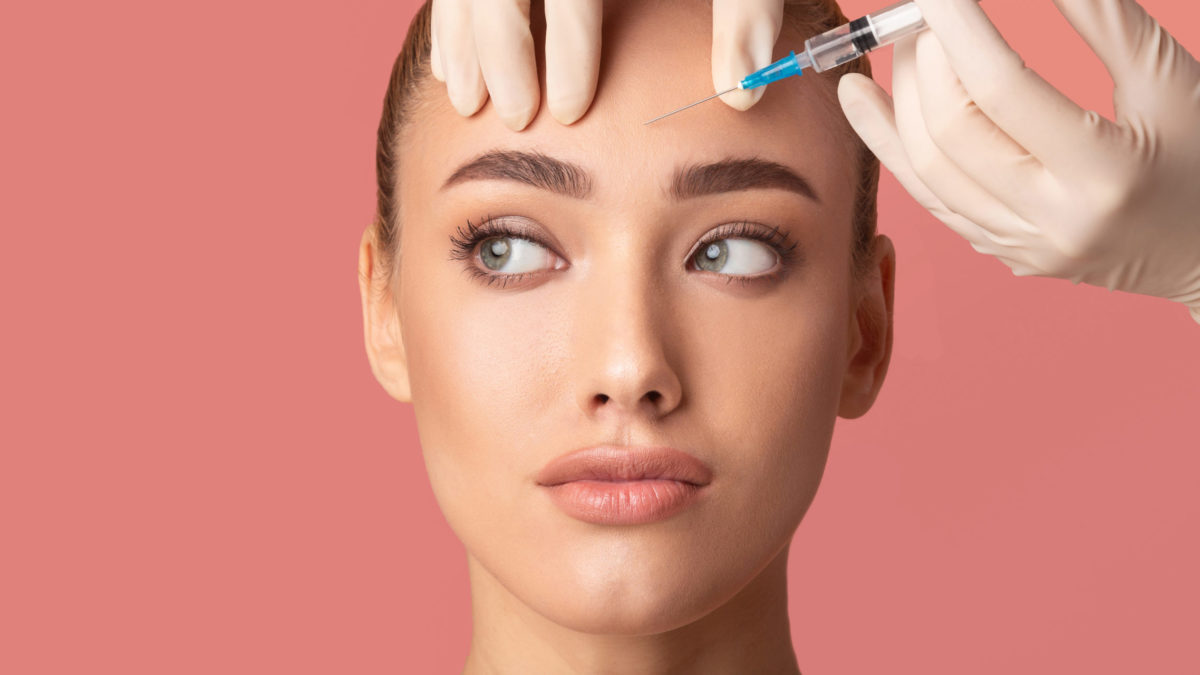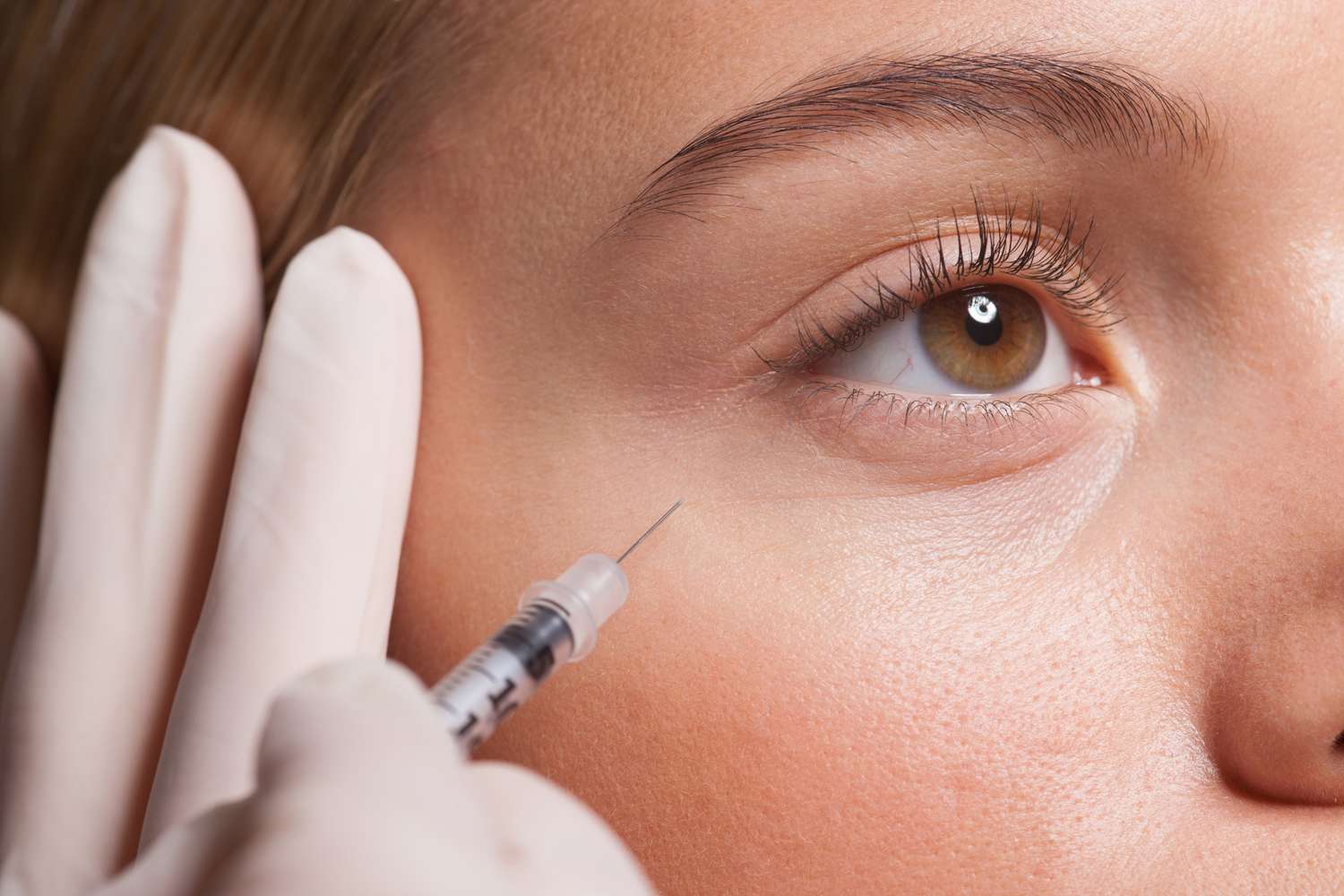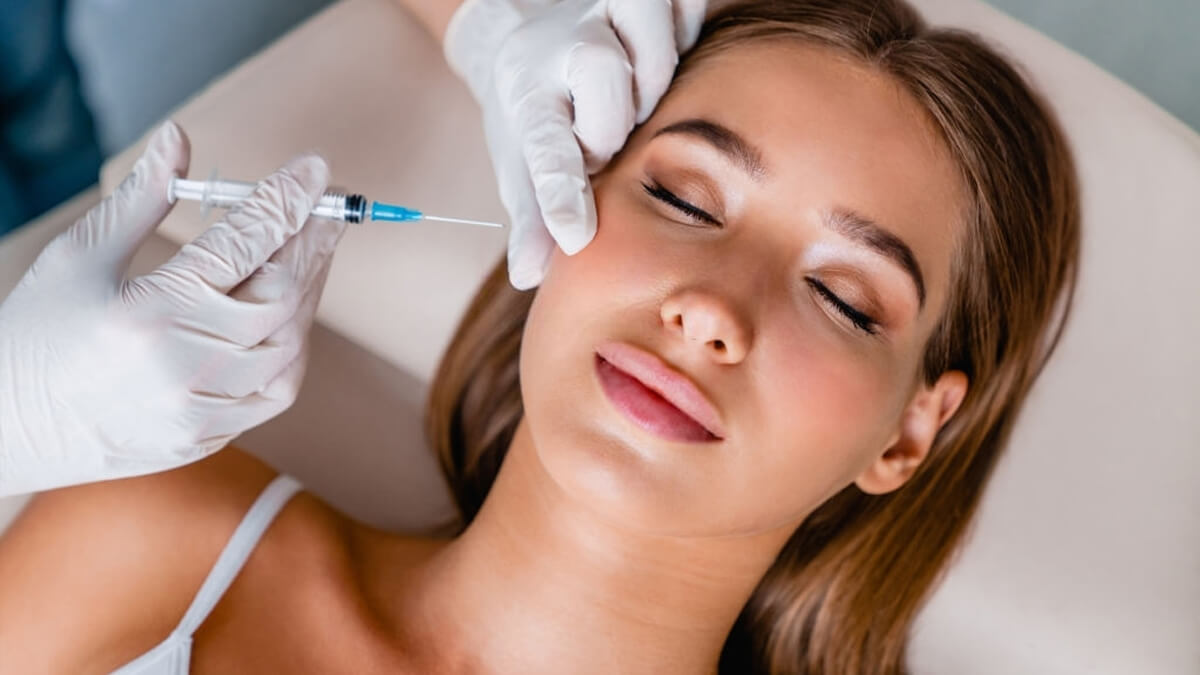
Botox injections | Cosmetic uses, procedures, and side effects
Botox injections improve appearance by relaxing muscles that induce wrinkles. These injections also treat medical conditions, including migraines, hyperhidrosis, overactive bladder, and some eye problems. To maintain results, treatments should be repeated every three to six months.
What is Botox?
Botox is one of the most famous brands of botulinum toxin injections. Botulinum toxins are neurotoxins that affect nerves and cause muscle weaknesses. You might get a botulinum toxin injection for cosmetic or medical reasons. Doctors inject small amounts of Botox into specific muscles to smooth wrinkles, prevent migraine, and treat a wide range of other health disorders.
Botox blocks nerve signals to muscles. As a result, injected muscles can’t contract. These effects are always temporary but can last for several months. The muscle injected depends on the primary area of concern. Several areas can be treated in one session.
What cosmetic conditions can be treated with Botox?
Botox cosmetic injections are used to deal with signs of aging. This treatment can smooth fine lines and wrinkles in several areas of your face, including your:
- Forehead
The forehead is the most common Botox injection area, as it’s where many people first see the signs of aging. Horizontal wrinkles along the brow are efficiently treated with Botox injections.
- Between Eyebrows
The area between your eyebrows, also known as the glabella, or “11” lines, is also a popular treatment site. Smoothing out these vertical wrinkles corrects an exhausted or angry appearance for a more vibrant look.
- Upper eyebrows
Botox injected into the upper eyebrow can simulate the effects of an eyebrow lift by relaxing the muscles that cause upper eyelids to droop.
- Chin
A puckered or dimpled chin can worsen with age as the muscles in the chin area become more overactive. The natural age-related loss of collagen increases this dimpled appearance. Botox smooths the chin area for a more youthful look.
- Nose
Bunny lines, otherwise known as nasalis lines, are the rabbit-like wrinkles that appear on the side of your nose when you scrunch up your face, smile or laugh. These lines sometimes extend upwards to the lower eyelid.
- At the corner of the eye
Crow’s feet are the small, branching wrinkles that construct at the corner of the eye when smiling. The skin on this area is much thinner than in other parts of the face, worsening the appearance of wrinkles.
- Lip
Botox lip flip, known as a Botox lip lift, may also be done with Botox alone or incorporated with lip fillers. Botox provides a fuller lip pout by mildly rolling the upper lip outward. Fine lines around the upper lip are minimized as a pleasant side effect of this technique.
How Is a Botox Procedure Done?
Getting Botox takes only a few minutes and doesn’t need anesthesia. Botox is injected with a fine needle into specific muscles with only minor discomfort. It generally takes three to fourteen days to take full effect, and it is best to avoid alcohol starting at least one week before the procedure. You should also stop taking anti-inflammatory medication two weeks before treatment to decrease bruising.
When you cannot have botulinum toxin injections
In specific circumstances, botulinum toxin injections are not recommended, including if:
- you have a skin infection.
- you’re unwell in any way.
- you have myasthenia gravis.
- you’re taking specific medicines.
- you’re pregnant or breastfeeding.
How Long Does a Botox Injection Last?
The effects from Botox will last three to four months. As muscle activity slowly returns, the lines and wrinkles start to reappear and need to be treated again. The wrinkles usually appear less severe with time because the muscles are being trained to relax.
In conclusion, Botox injections have become a popular cosmetic procedure due to their ability to reduce the appearance of wrinkles and fine lines. While they provide temporary results, they come with certain risks and side effects. It is important for individuals considering this procedure to consult with a qualified medical professional like Dr. Fuad Hashem Head section of plastic surgery. With his expertise and personalized approach, you can trust him to deliver safe and effective results that meet your aesthetic goals.
Therefore, if you intend to perform this procedure, we recommend that you book an appointment with Professor Dr. Fuad Hashem, Plastic Surgery Consultant at King Faisal Specialist Hospital and Research Center, who has great skill and extensive experience in this field.
To book an appointment with Dr. Fuad Hashem, you can call the following numbers:
Mobile: 0500107222
Phone: 920010029

